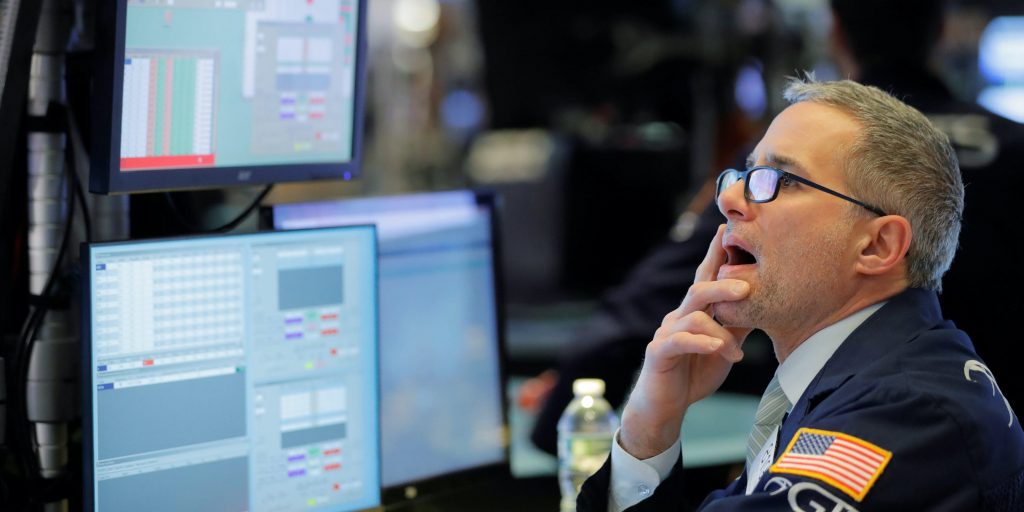- The ongoing bear market in stocks is creating opportunities for long-term investors, according to Bank of America.
- The bank suggests investors start to "nibble" on stocks when the S&P 500 hits 3,600, and "gorge" at 3,000.
- Once the ongoing bear market ends, the S&P 500 could be primed for a bull market run to 8,900 by 2028, BofA said.
Long-term investors should get ready for big stock market opportunities as the S&P 500 continues to flesh out its bear market decline, according to Bank of America.
The bank highlighted the typical bear market playbook in a Friday note, observing that the stock market has entered its 20th bear market in the past 140 years. The average bear market has experienced a peak-to-trough decline of 37%, lasting 289 days.
"History is no guide to future performance but if it were, today's bear market would end on October 19 with [the] S&P 500 at 3,000," BofA said. A decline to 3,000 represents potential downside of about 18% from current levels, and would represent a total peak-to-trough decline of 38%, in-line with the typical bear market.
At those levels, investors should "gorge" on stocks, as they would likely represent an attractive valuation as long as the economy doesn't fall into a deep and prolonged recession. Meanwhile, if the S&P 500 falls to 3,300, investors should "bite" on stocks, and a decline to 3,600 means investors should start to "nibble."
The fundamental drivers behind such a bear market include an inflation shock (which is already playing itself out), an interest rate shock, and a recession shock and crash, according to the note.
The inflation shock materialized after May's CPI report saw prices rise 8.6%, and it seems that the interest rate shock started to unfold after Fed Chair Jerome Powell raised rates by 75 basis points last week. Finally, a recession shock could come next month if second-quarter GDP growth shows a decline after the first-quarter's contraction in GDP growth.
But the other side to the ongoing bear market and worrying economic signals is an eventual bull market that has historically always materialized after such a sharp decline in stock prices. The "good news" is that the average bull market lasts more than five years with a 198% return, BofA said. "So next bull sees S&P 500 at 8,900 by February of 2028."
A rise of that magnitude would result in the S&P 500 generating a six-year compounded annual growth rate of about 15%, which is more than double the historical average growth rate of 7% for the stock market (less inflation), and about in-line with the S&P 500's six-year compounded annual growth rate of 16% from January 2016 to its peak in January of this year.
Adding to Bank of America's conviction of an eventual turnaround is its contrarian Bull and Bear indicator, which plunged to an "extreme bearish" reading of 0.0 last week. Other times it fell to this level include August 2002, July 2008, September 2011, September 2015, January 2016, and March 2020.
That extreme bearishness, combined with extreme investor positioning, suggests strong three-month returns of more than 5% as long as there is no double-dip recession or some type of systemic market event, according to the note.
"Opportunity knocks," BofA said.
Dit artikel is oorspronkelijk verschenen op z24.nl
